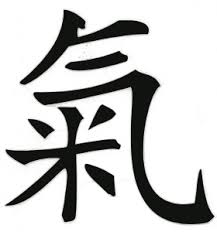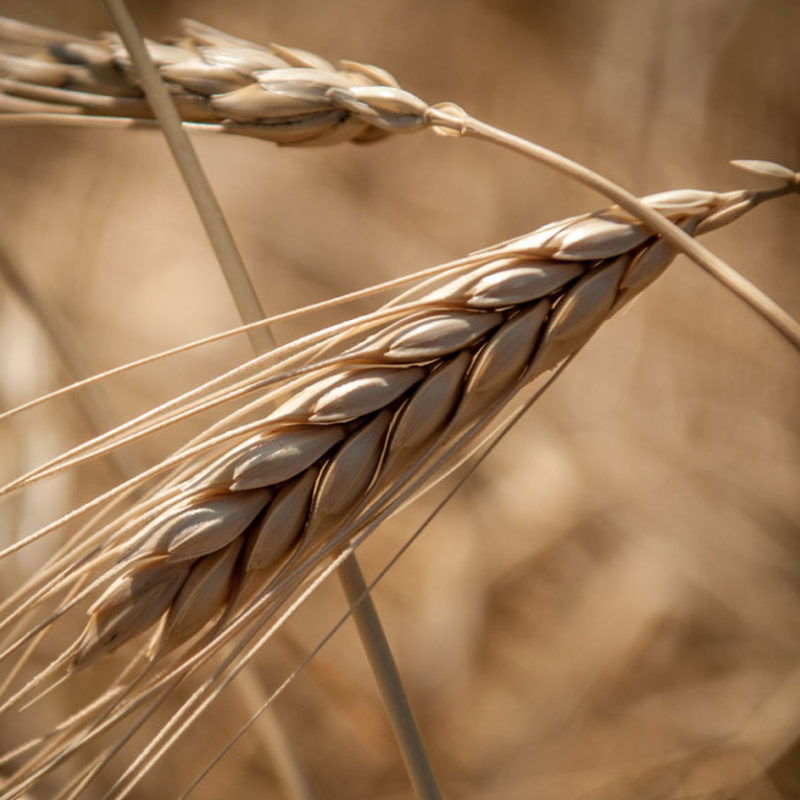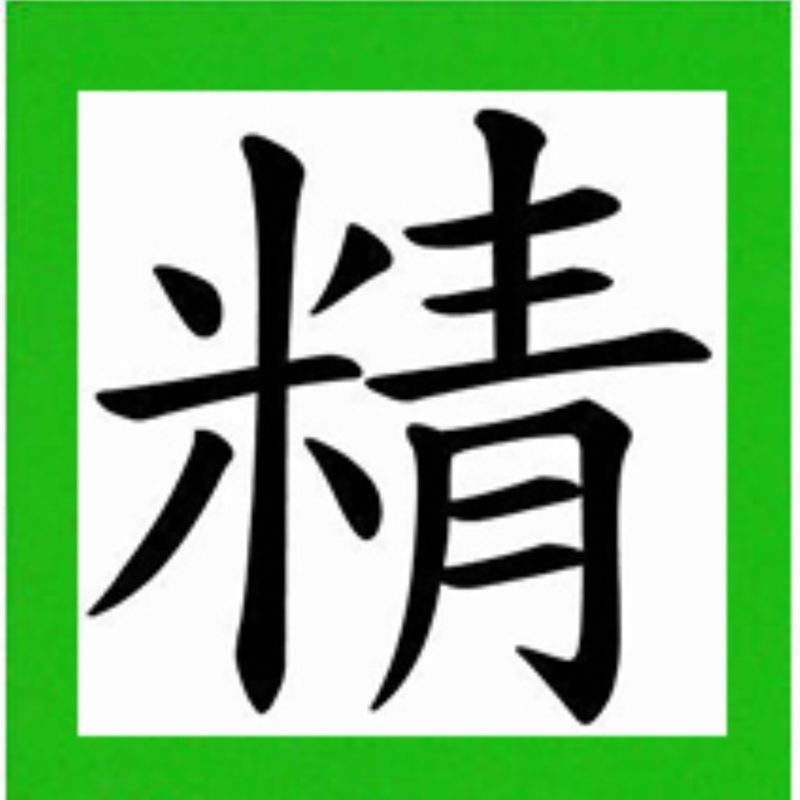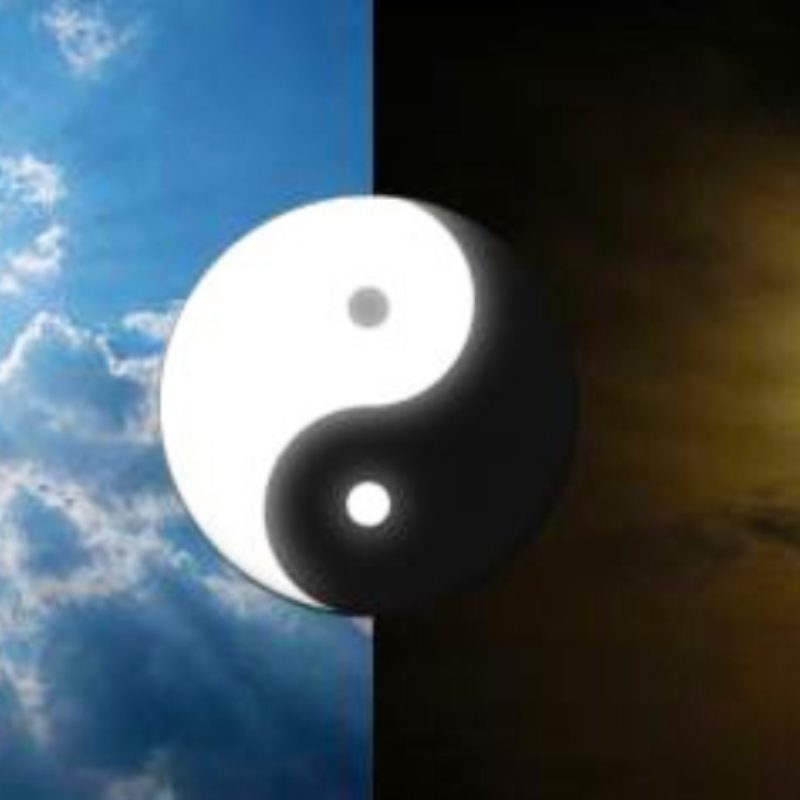 Qi…energy, blow, vital function
Qi…energy, blow, vital function
 ideogram Qi
ideogram Qi  steam
steam  rice (raw), un-cooked
rice (raw), un-cooked
It means that Qi is rarefied and intangible like steam and dense and material like rice. Qui is a sublte substance (vapour, steam, smoke) that derives from a material one (rice), like the steam produced by the boiling rice.
The term Qi has been translated in many ways: energy, vital strength, ether, blow, matter, power in movement and so on. The reason why it is untranslatable is maybe because it can reveal itself in different ways and be different things in different moments.
So, what is Qi?
Nella filosofia cinese il Qi è la base di tutti i fenomeni dell’universo e garantisce la
In the Chinese philosophy is the basis of each phenomenon of the Universe and grantees the continuity between the raw shape and materials and the subtle energies, rarefied, intangible. Philosophers and Chinese doctors consider the Qi of human beings like the rests of interaction between the Qi of Sky and Qi of Earth.
Qi is the fundamental basis the allows the existence of each phenomenon, elements and vital substances, is the basis of life, not the premise. The Universe is the totality of phenomena that derive from the different stadium of aggregation and dispersion of Qi.
The concept of Qi in the Chinese Medicine:
the two meanings of Qi:
- Refined energy produced by the internal organs, that assumes different shapes in the different parties of the body
- Functional activity of a single internal organ (es. Qi of Lever, Qi of Kidney, Qi of Heart, Qi of stomach, qi of lung…)
In particular, two main Qi aspects are relevant for the TCM:
- Qi is an energy that reveals itself simultaneously both on a physical and spiritual level
- Qi is on a constant state of movement and different states of aggregation
When Qi condenses, the energy transform itself and concentrate in physical shapes. According to the TCM there are many types of human Qi, from the subtler to the more solid one, but all the types of Qi are at the same Qi that discloses itself in different shapes. Qi changes its shape according to its location and function to fulfil, in different parts of the body. As an example: the Ying Qi (Nourishing Energy) is inside the body and has the function of nourishing. Wei Qi (defensive) is outside the body and protect it. Zong Qi (Pectoral-Driving Force-Energy) is in the chest and nourishes the heart and the lungs. Yuan Qi ancestral energy, it is in the Inferior Heater and nourishes the kidney; Gu Qi is the result of the transformation of food.
Marco Mazzini Naturopath expert in Traditional Chinese Medicine





